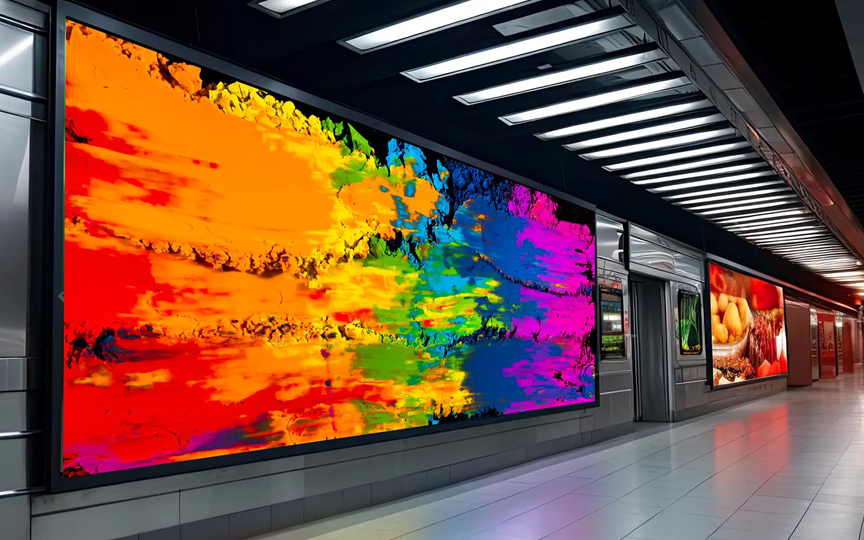When planning to invest in an LED display, one of the first—and most important—questions you'll face is whether to go with an indoor or outdoor solution. At first glance, the difference may seem obvious, but there’s more to this choice than just where the screen will physically sit.

Let’s break down the real factors that help you make the right decision.
Environmental Conditions Matter More Than You Think
It’s not just about rain and sunshine. Outdoor LED screens are engineered to deal with a wide range of environmental stressors—UV exposure, high winds, temperature fluctuations, even dust. They typically feature higher brightness levels (often exceeding 5000 nits), making them visible even under direct sunlight.
Indoor displays, on the other hand, don’t need to fight against the elements. This allows for sleeker designs, finer pixel pitches, and lower power consumption. They're meant for controlled environments like malls, conference rooms, and airports, where image clarity and close-range viewing take priority.
Viewing Distance & Resolution: A Balancing Act
One major difference between indoor and outdoor displays is the required pixel pitch, or the distance between individual LEDs. In indoor settings, viewers are usually much closer to the screen, so a smaller pixel pitch (e.g., 1.5mm or 2.5mm) provides a sharper, more detailed image.
Outdoor screens are generally seen from farther away, so they can use larger pitches (like 6mm or 10mm) without compromising visual impact. This also makes them more cost-effective for large-scale projects, such as billboards or stadium signage.
Installation & Maintenance Considerations
Outdoor displays often require heavy-duty installation—steel structures, waterproofing, proper ventilation. Indoor installations are usually more straightforward but still require planning, especially when integrating with existing interiors or dealing with limited space.
Maintenance is another key factor. Outdoor screens need to withstand wear and tear for years with minimal intervention. Many high-quality models now offer front-access panels for easier servicing, but choosing a reliable supplier with solid support is crucial regardless of location.
Cost Isn't Always the Deciding Factor
While outdoor displays are typically more expensive due to their rugged build and high brightness, the overall cost depends on your specific needs. A small, high-resolution indoor display could end up costing more than a basic outdoor setup. Don’t just compare screen prices—consider installation, power usage, longevity, and future upgrades.

